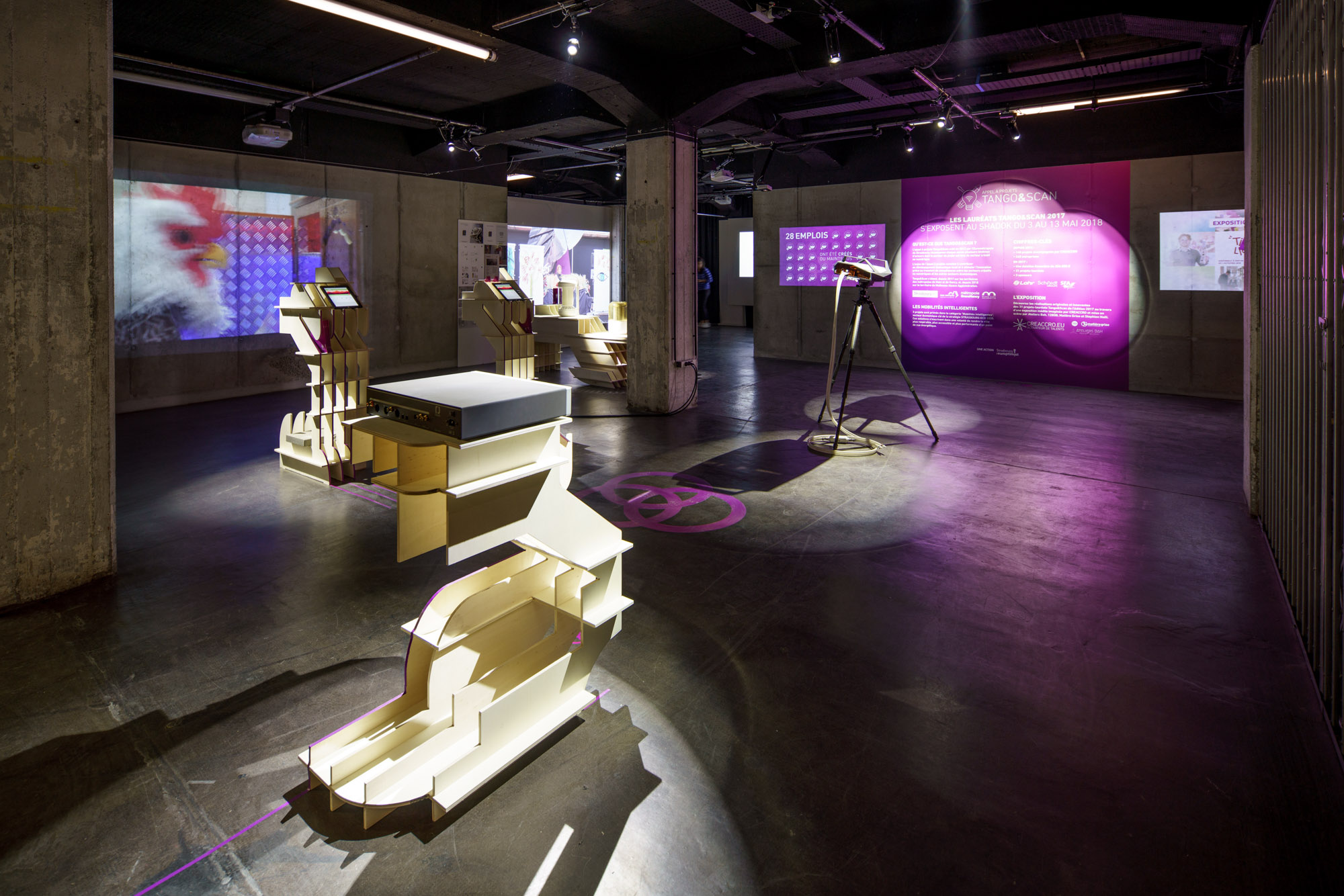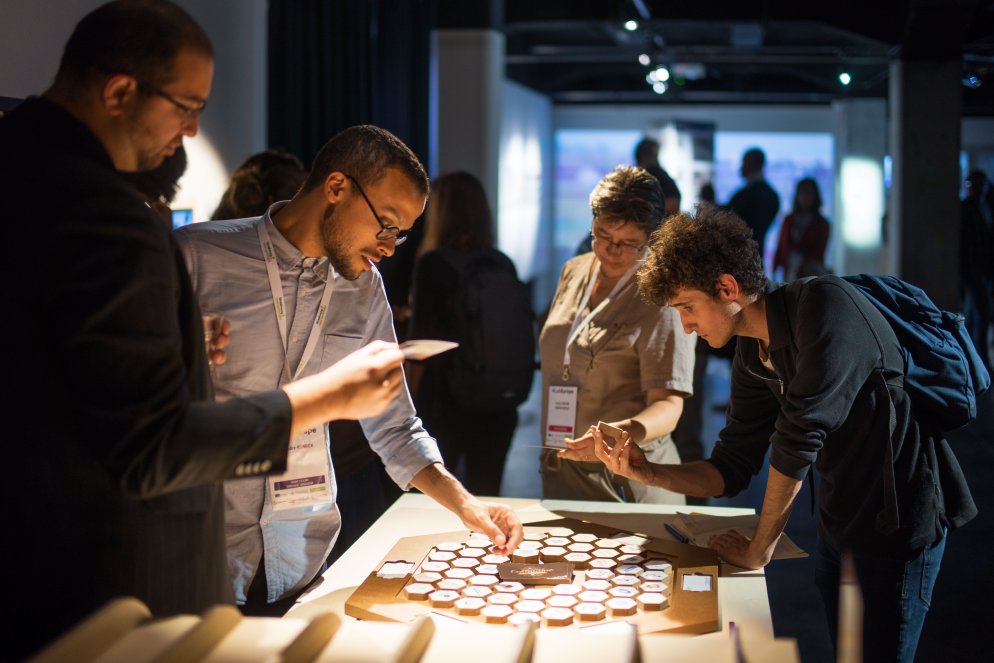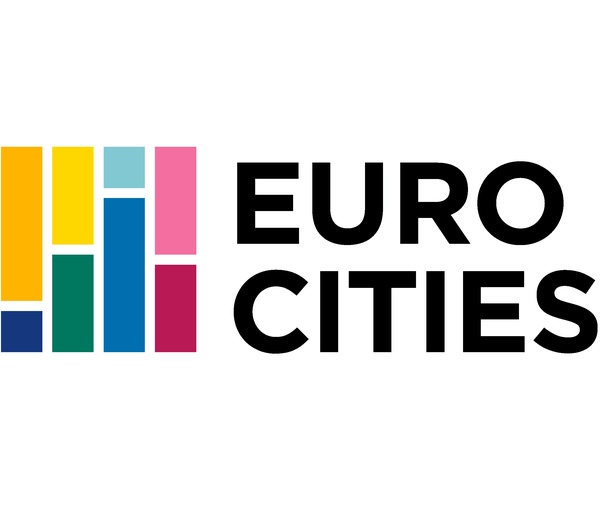Designed as a financial and business support device, Tango&Scan runs an annual open call for collaborative projects with the potential to result in innovative products and services. Each year has a them and these have ranged from e-tourism and smart mobility to the green economy. Each winning project can receive up to €20,000 and access expert advice on business planning and brand strategy. The initiative is managed by a non-profit organisation, CREACCRO, set up by the City in partnership with the University of Strasbourg and local creative entrepreneurs.
CREACCRO is deeply embedded in the local creative scene and perfectly placed to spread the word about how creative thinking and processes can help all kinds of industries innovate for competitive advantage. It manages the promotion of Tango&Scan and the annual call, which is open to companies, artisans, students and artists. It also assembles the judging panel, made up of a diverse mix of representatives from incubators, cultural venues, chambers of commerce and clusters. Each open call is sponsored by a small group of local companies who also support the subsequent exhibition of winning projects.
Over 166 projects have been put forward since Tango&Scan opened for business in 2012. Original and ingenious, they encompass an extraordinarily wide range of sectors including healthcare, construction, sports, social action, training, tourism, culture and heritage and the environment. Recent winning ideas include a balcony with nesting boxes for birds conceived by an ecological product designer and made by a local brickyard. Another partnership, between a game studio and a research institute, came up with the idea for a serious game that helps children understand their cancer treatments.
Epopia, one of the most successful of all Tango&Scan winners, exemplifies the creative ideas and innovative technologies the initiative set out to foster. Designed to encourage children to read and write through play and imagination, the concept is a personalised written correspondence. Children are immersed in the story as both hero and part author and, thanks to intelligent editorial software, characters adapt to their wishes. Since Tango&Scan provided Epopia with funding to develop a prototype, the company has increased its turnover tenfold and secured its third round of fundraising.
Tango&Scan has generated significant new expertise, innovative products and revenues of €2,000 million.


